5805016128741
Price Quote Get an up to date pricing and availability quote for this product. Order online or over the phone.
Quality Commitment
Serving our customers with quality and safety first.
- AS9120 Certified
- Audited supply chain
- ITAR Registered
- DDTC Registered
- HAZMAT Certified
- Customer service objectives
- Every product 100% inspected

5805-01-612-8741 Specification Set by the OEM (see RNCC code 3)
9.700in. ⁓9-45/64"
13.500in.
6.150in.
60.0 volts 1st operating power rqmt
aluminum
SELF-Contained
not included 1st operating power rqmt
any acceptable
ringer
not included
not furnished
not included
not included
industrial telephone with keypad
fully line powered; auxillary output allows peripheral equipment, such as beacons, video cameras, and alarm generators to be activated when the handset is off the hook; operating temperature, -40 to +140 degrees fahrenheit; handset and cord are "g" style with armored cord and volume switch; meets hearing aid compatibility, magnetic field intensity and volume control technical standards per fcc sections 68.316 and 68.317
gray case
push button
Cross Reference Parts Part numbers that meet the specification outlined on this page and set by the OEM
Identification Item Identification Guide (IIG) and Item Name Code (INC)
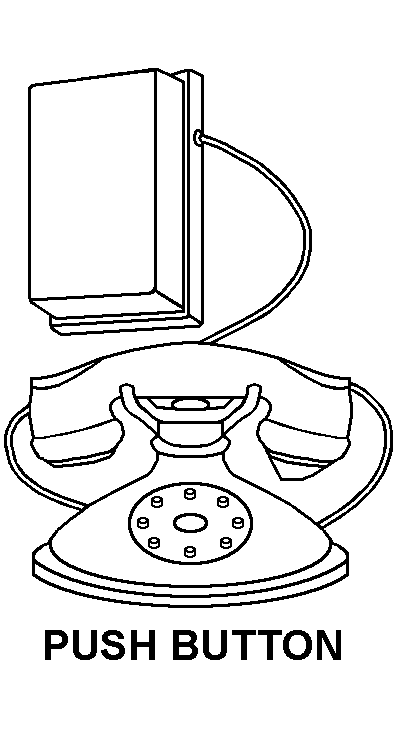
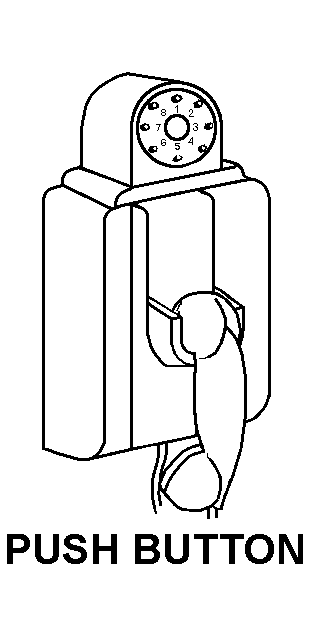
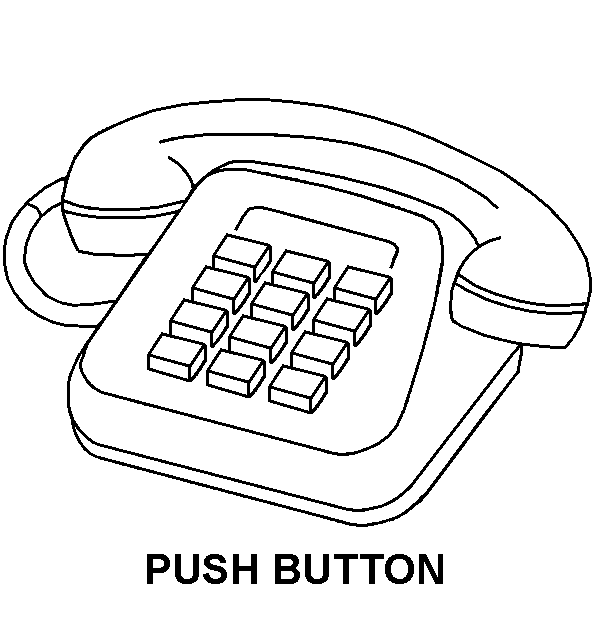
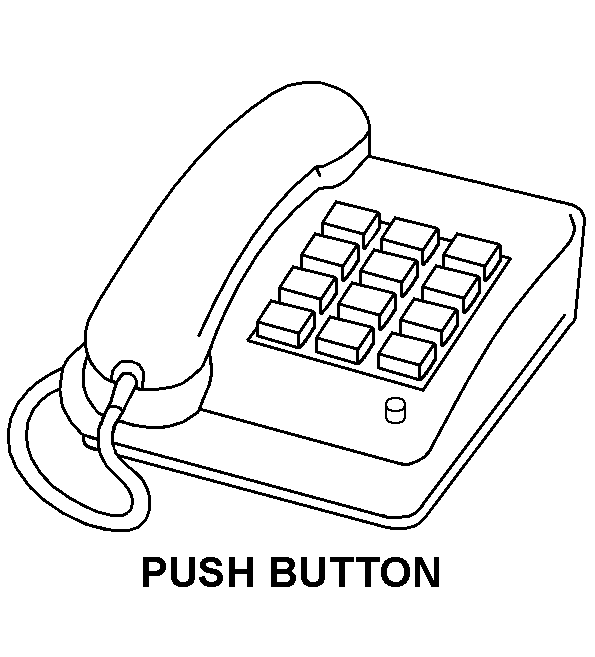
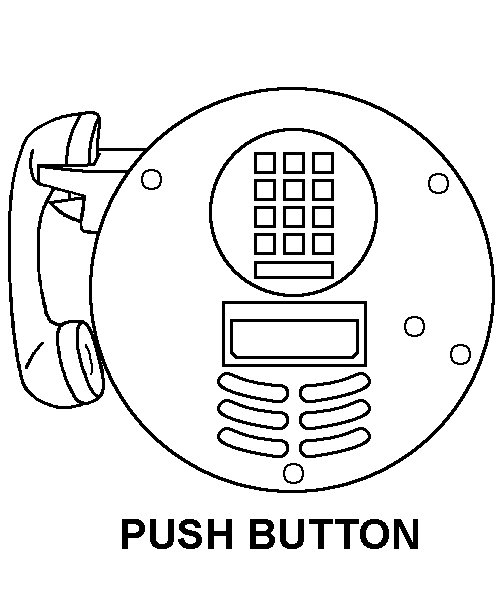
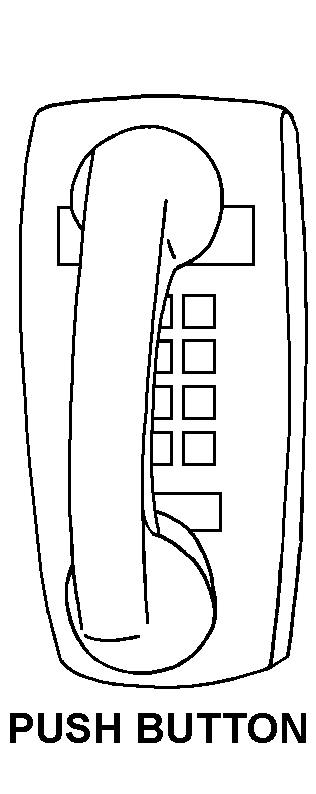

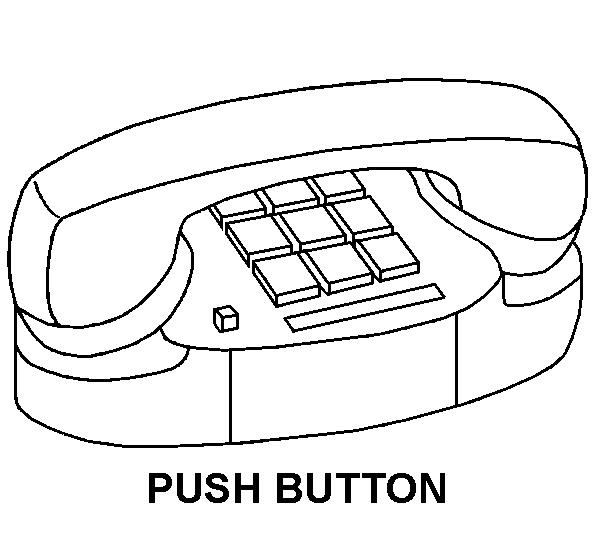
Definition Definition of approved item name (AIN): "TELEPHONE"
An item specifically designed to convert sound into variations of an electric current and to reconvert similar variations into their original sound with sufficient accuracy for clear intelligibility. It consists of a telephone transmitter, telephone receiver, and a switch and is primarily used for voice communications. Includes pedestal type, cradle type and hang-up type telephones. Does not include separate handsets or head and chest sets.
5805-01-612-8741 Material Hazmat, Precious Metals, Criticality, Enviroment, and ESD
Indicates there is no data in the hmirs and the nsn is in a fsc not generally suspected of containing hazardous materials.
Item does not contain precious metal.
No known electrostatic discharge (esd) or electromagnetic interference (emi) sensitivity.
Represents items with no adp components
The item does not have a nuclear hardened feature or any other critical feature such as tolerance, fit restriction or application.
Identification Codes
HMIC: Hazardous Material Indicator Code. A one position code that identifies a hazardous item.
PMIC: Precious Metal Indicator Code. A one position code which identifies items that have precious metals as part of their content. precious metals are those metals generally considered to be uncommon, highly valuable, and relatively superior in certain properties such as resistance to corrosion and electrical conductivity.
ESD: Electrostatic Discharge. Indicates if an item is susceptible to electrostatic discharge or electromagnetic interference damage. electrostatic discharge damage occurs when an accumulation of static electricity generated by the relative motion or separation of materials is released to another item by direct contact. electromagnetic interference damage occurs when an item comes into proximity with an electrostatic or magnetic field.
ENAC: Enviromental Attribute Code. Identifies items with environmentally preferred characteristics.
CRITL: Criticality Indicator Code. Indicates an item is technically critical by tolerance, fit, application, nuclear hardness properties, or other characteristics.






